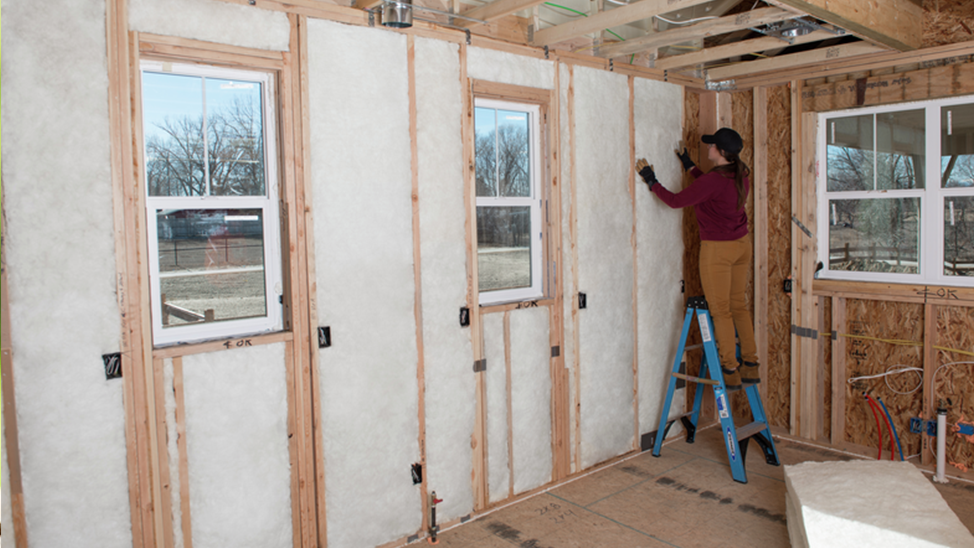In 2019, there was a significant increase in the number of LEED projects enforcing LEED v4 over LEED v3. This is to be expected. When LEED v3 was released in 2009, the terms EPD, HPD, LCA, DECLARE, etc., were relatively unknown and not part of the LEED v3 requirements. By the time LEED v4 hit the market, these terms had exploded in popularity, becoming widely used tools that highlighted desirable features of the products used on LEED projects. LEED v4 included significant changes over LEED v3, particularly around Materials and Resources (MR) credits, and it highlighted product transparency practices like Environmental Product Declarations (EPDs) and Health Product Declarations (HPDs) that emphasized material life cycle assessments (LCAs).
The new emphasis on product and material transparency led manufacturers to seek certifications and documents that allow these terms (EPD and HPD) to apply to their products. In turn, those certified products would qualify for a specific LEED v4 credit.
As an insulation manufacturer, we have watched the volume of LEED projects increase over time as our culture has put more emphasis on sustainability and greener living. Insulation materials are a critical component to supporting green building design and energy efficiency, and we have evolved with this trend to ensure our materials can meet as many LEED credits as possible. This is why JM recently obtained MR credit for our unfaced fiberglass batts and rolls.
For fiberglass insulation, the MR credit category offers the majority of LEED points. The MR credit category focuses on minimizing the embodied energy (the total energy required to produce a product) and other impacts associated with the extraction, processing, transport, maintenance, and disposal of building materials. The requirements for this category are designed to support a life-cycle approach that highlights product performance, promotes resource efficiency, and considers the use of the material from cradle to grave. Each requirement identifies a specific action that fits into the larger context of a life-cycle approach to embodied impact reduction.
The credit is described here.
LEED v4 for Building Design and Construction (p-94)
MRc4: BUILDING PRODUCT DISCLOSURE AND OPTIMIZATION – MATERIAL INGREDIENTS (1-2 points)
Option 1 – Materials Ingredient Reporting
“Unfaced products should qualify for LEED credits for material ingredient reporting. The end use product has a published and complete Health Product Declaration with full disclosure of known hazards in compliance with the Health Product Declaration open Standard.”
JM completed an HPD late in 2019, and we are taking steps toward creating an EPD to satisfy MRc2. Once that is complete, JM fiber glass batt products will be eligible for points under each applicable LEED v4 MR credit.
As we continue to see evolving building design that supports sustainable, energy-efficient structures as well as trends toward manufacturing responsibility and transparency, tools like the EPD, HPD, and LCA will be distinct differentiators between products. JM will continue to support and serve our markets with a wide variety of materials that meet the unique requirements of sustainable building applications.

